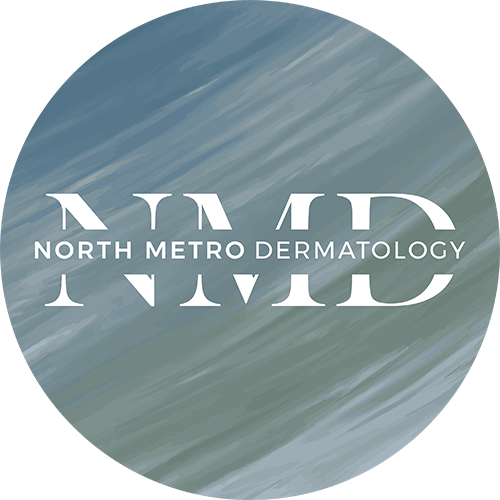How to Reduce the Appearance of Your Scar

A scar forms when the body naturally heals itself after injury to the skin. Whether you develop a scar from a skin cancer removal, a bike injury, a piercing, or old acne, there are ways to minimize the unsightly appearance of most scars.
SCARS FROM SURGERY
Whether you have a small, shallow wound from a skin biopsy or a larger excision with sutures due to skin cancer surgery or cyst removal, you should follow appropriate wound care instructions advised by your provider. Once your shallow wound closes or stitches are removed, you can begin treatments to help minimize the appearance of your scar. The first 2-3 months after a scar is formed is when the scar forms most of its strength so avoiding activities that stretch and pull the scar during this time is important. For skin that is not visible, silicone scar sheets work well. Common brands include Scar Away® and Silagen®. These silicone gel sheets allow you to cut them to the size of your scar and leave them on during the day. This decreases stretching of the skin while minimizing scar thickness and discoloration. New scars are very prone to discoloration from sun exposures, so silicone scar sheets will also protect you from the sun. For visible areas such as the face, you may opt for a silicone gel instead. We prefer a medical grade 100% pure silicone gel such as Silagen® which provides an optimal fast-drying gel that can be covered with sunscreen and/or makeup. Silagen® also has a combination silicone scar gel with a zinc oxide physical sunscreen which can save you a step in the morning with your skincare routine! When purchasing Silagen®, make sure you are buying this product from an authorized physician retailer. For the first 2-3 months, it is crucial to continue with the silicone gel treatments to optimize your scar minimization. Scars continue to change for about one year, and studies have shown improvement in scar appearance if you continue to treat your scar with silicone gel for this time.
SCARS FROM INJURIES
If your scar is less than a year old, follow our above recommendations.
SCARS FROM ACNE
Recent, and/or reddish-brown, spots or slight scars that result from active acne breakouts can improve with use of Silagen® Acne Scar and Spot Corrector Gel. This product contains azelaic acid, bakuchiol, vitamin C, licorice root extract, as well as medical grade silicone gel. The ingredients have been shown to be effective in reducing the appearance of hyperpigmentation, red spots, and slight scars left from inflammatory acne. For depressed and/or older acne scars, we offer safe and effective treatments in our office such as fillers, Skin Pen® and Sciton Profractional® laser treatments. You can meet with our esthetician, Natalie, to learn more about these procedures via virtual or in-person consultation.
DISCOLORED SCARS
Sciton laser and BBL® treatments can be helpful to reduce persistent redness, veins, and post-inflammatory hyperpigmentation (brown discoloration) that can remain in scarring from surgery, injury, or acne. Our esthetician, Natalie, can review these treatments via virtual or in-person consultation.
KELOID SCARS
A keloid is a very thickened, raised, discolored scar that can grow beyond the original skin incision/injury size. As well as having an unsightly appearance, these scars can also be painful and itchy. We often treat keloids with corticosteroid injections in the clinic and many times, in conjunction with silicone sheets at home. In some cases, keloids may need to be treated with excision, although the risk of recurrence is high.
For any further questions about scar prevention and reduction, please contact our office to make your appointment!

